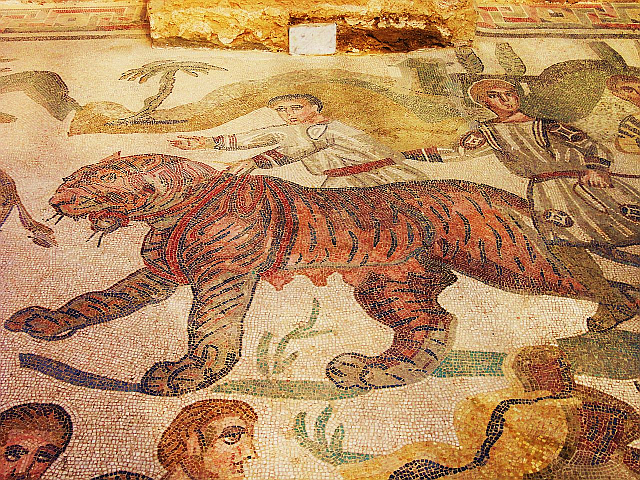A friend brought to my attention a book that might be said to address questions at the heart of this blog, i.e., the complex legacy of descending from two extremely different traditions, the ancient Greeks and the Jews of the Old Testament:
The Death of Tragedy by George Steiner.
From the top review on Amazon:
Steiner argues that Tragedy is an Artform unique to the Western world. In his opening pages he makes the claim that for the Judaic sensibility there is no tragedy as it is "vehement in its conviction that the order of the universe and of man's estate is accessible to reason." pp.4 For Steiner tragedy arises out of a contrary view"necessity is blind and man's encounter with it shall rob him of his eyes, whether in Thebes or in Gaza." pp.5 For Steiner this is a Greek assertion.Steiner makes a learned survey of Western Literature showing the points at where tragic genius has flourished, and the many more where it has been attempted and failed. Close to the end of the work he makes this observation "..tragedy is that form of art which requires the intolerable burden of God's presence. It is now dead because His shadow no longer falls upon us as it fell on Agamemnon or Macbeth or Athalie. " Steiner then goes on to talk briefly about the possibility of renewal of tragedy under different circumstances.
This work is a stellar piece of literary criticism- whether one takes issue with Steiner and believes Job on the one hand , and Willy Loman in another way , are tragic characters after all.
Without having read the book, it's impossible to be sure, but from our readings of the Greco-Roman classics, and from the Old Testament, I have a feeling that I'd be in major and lively disagreement with Steiner's basic premises.
Another
snippet (p. 5):

